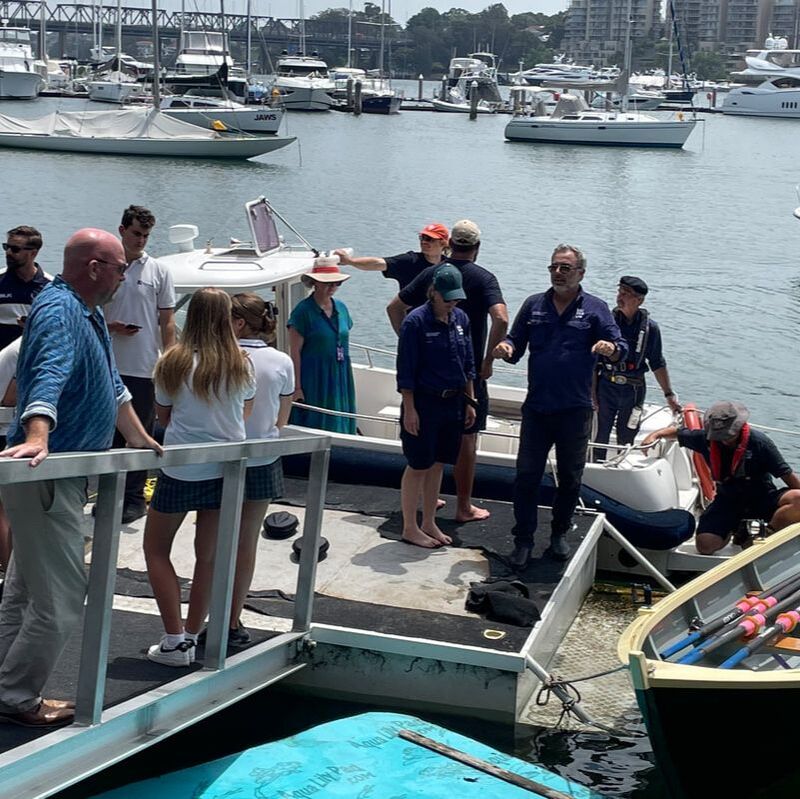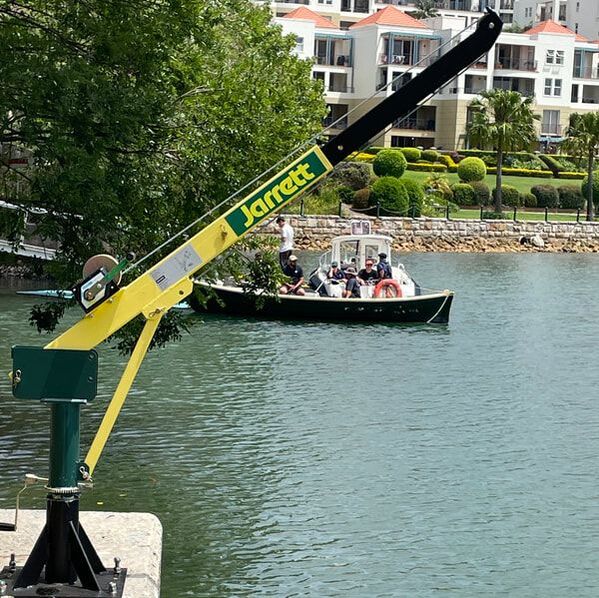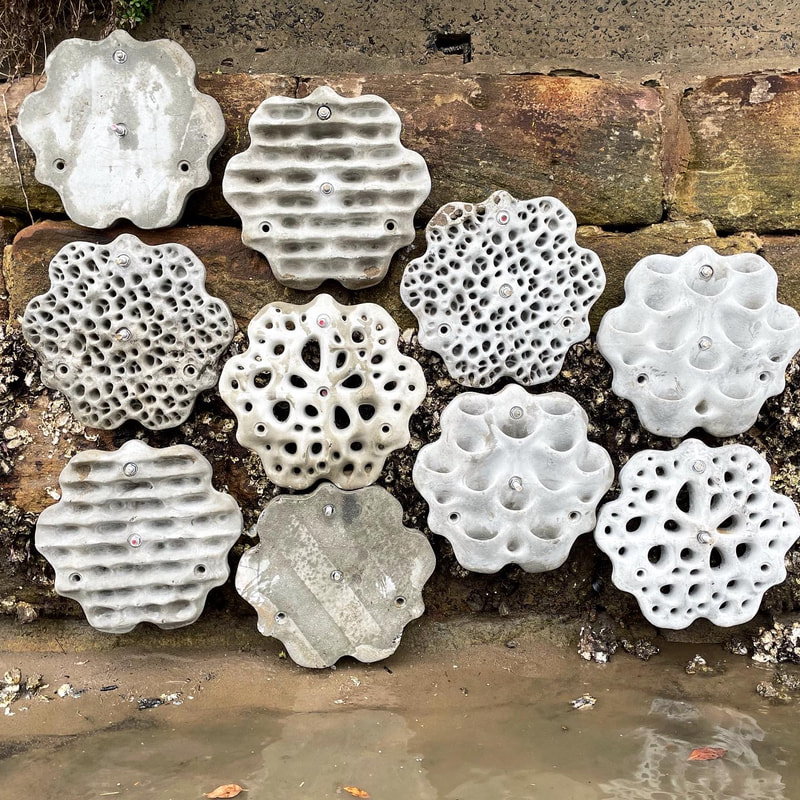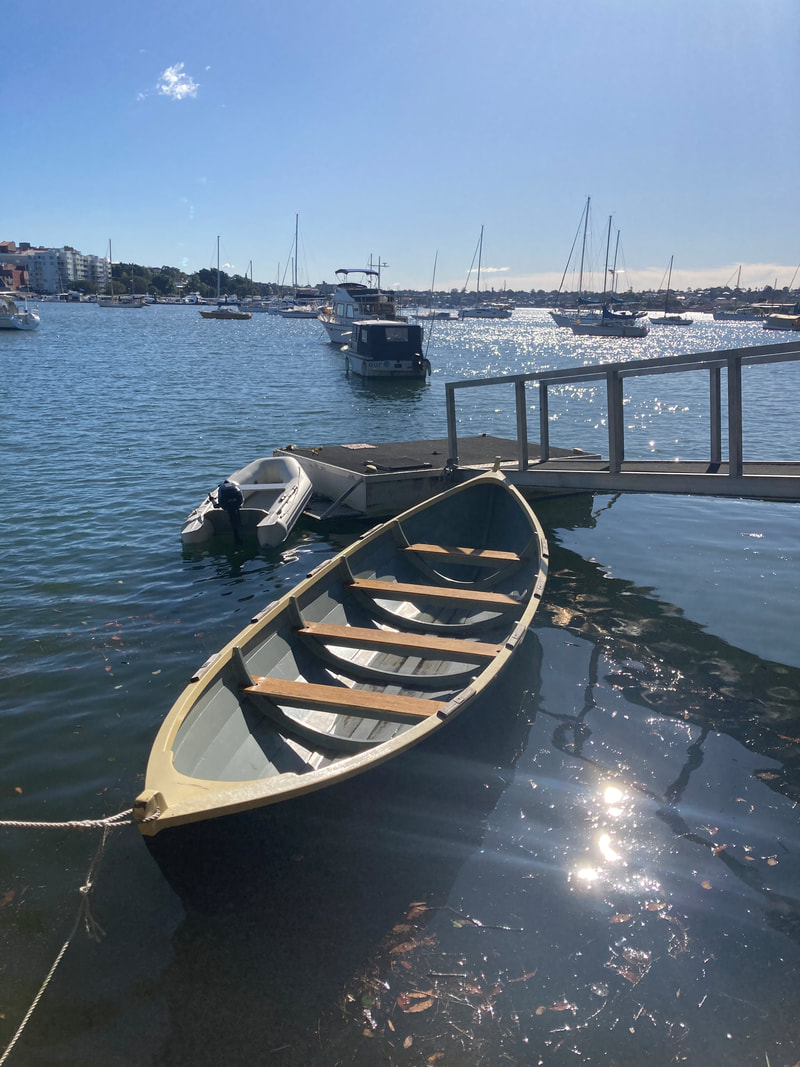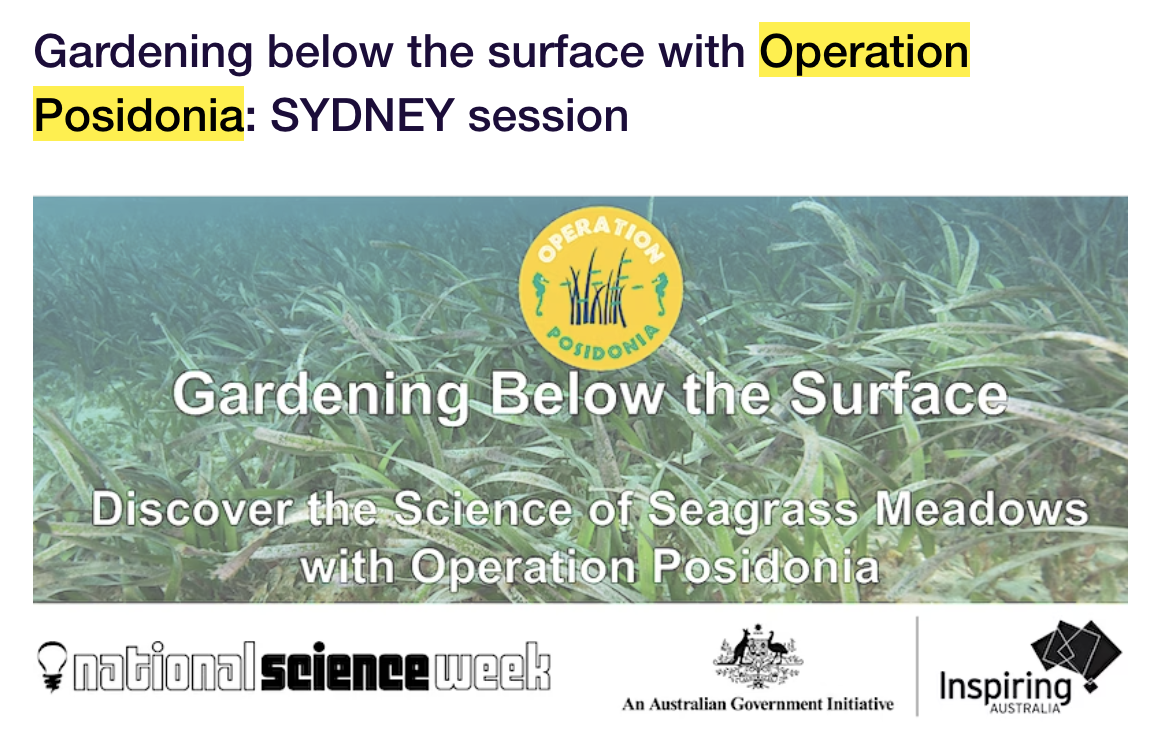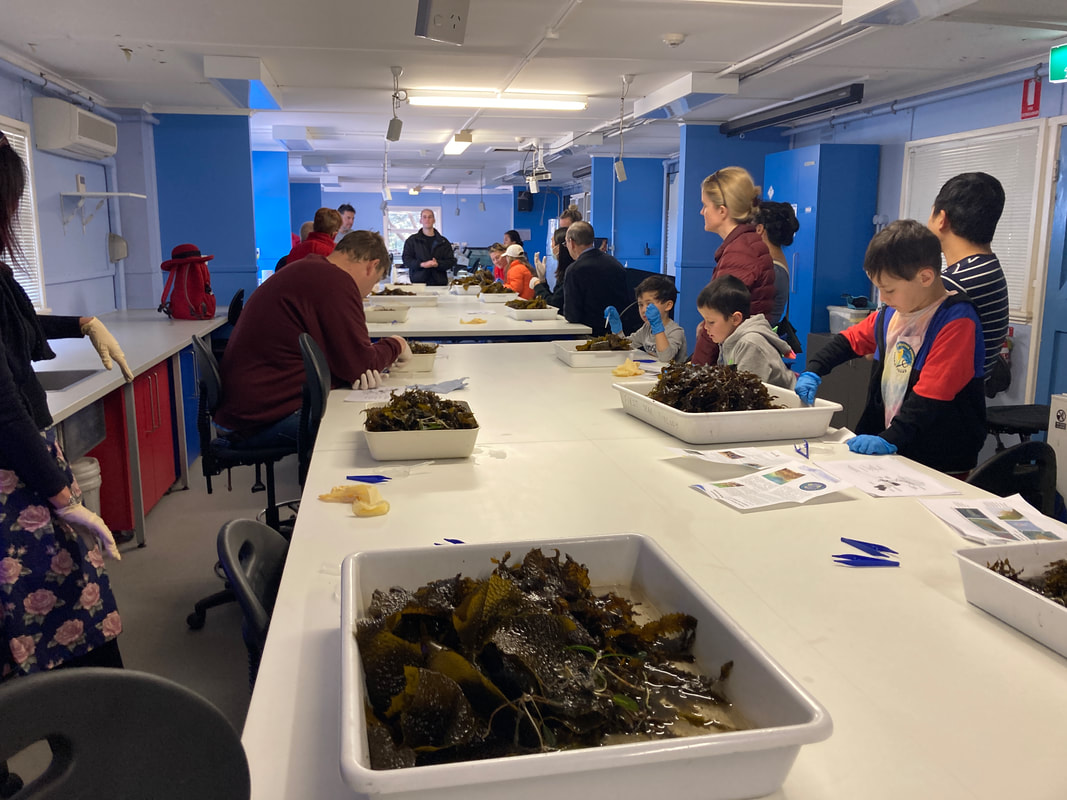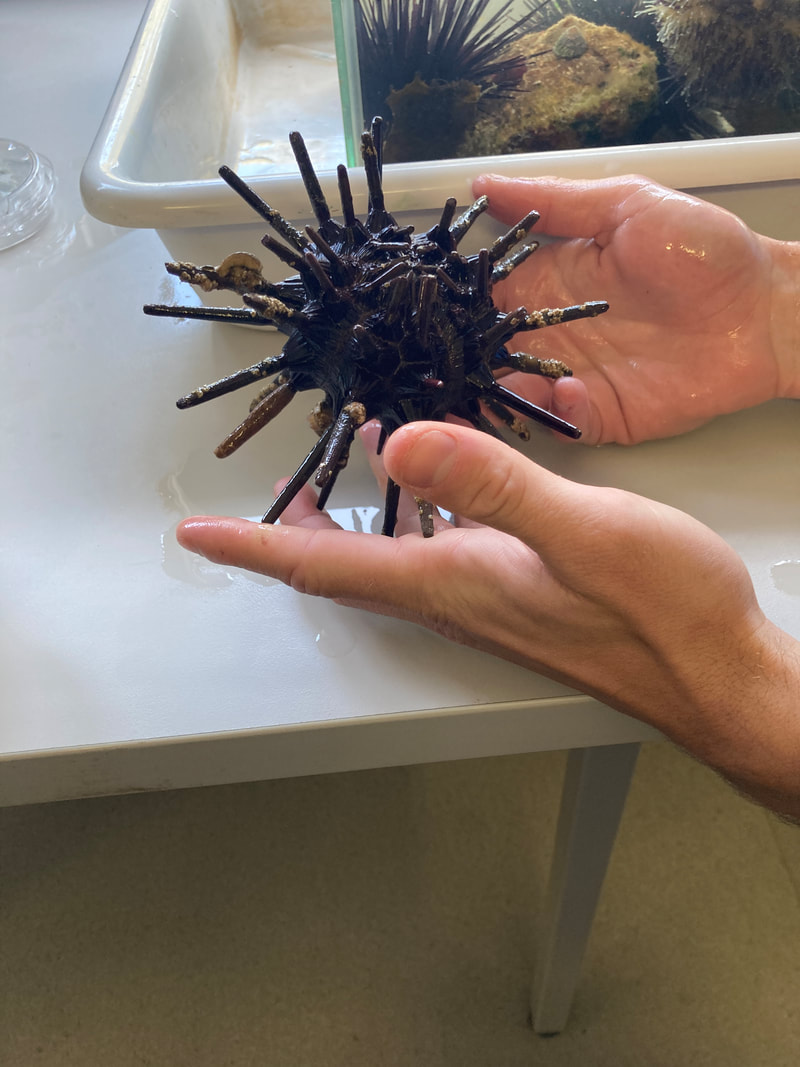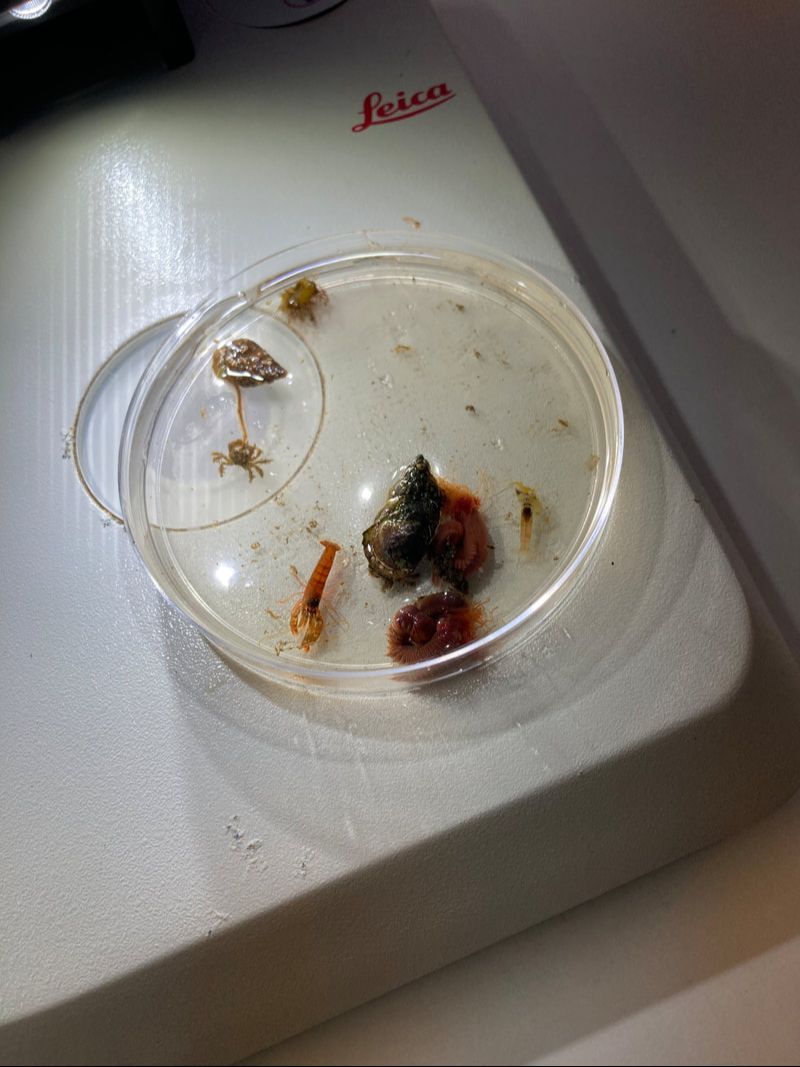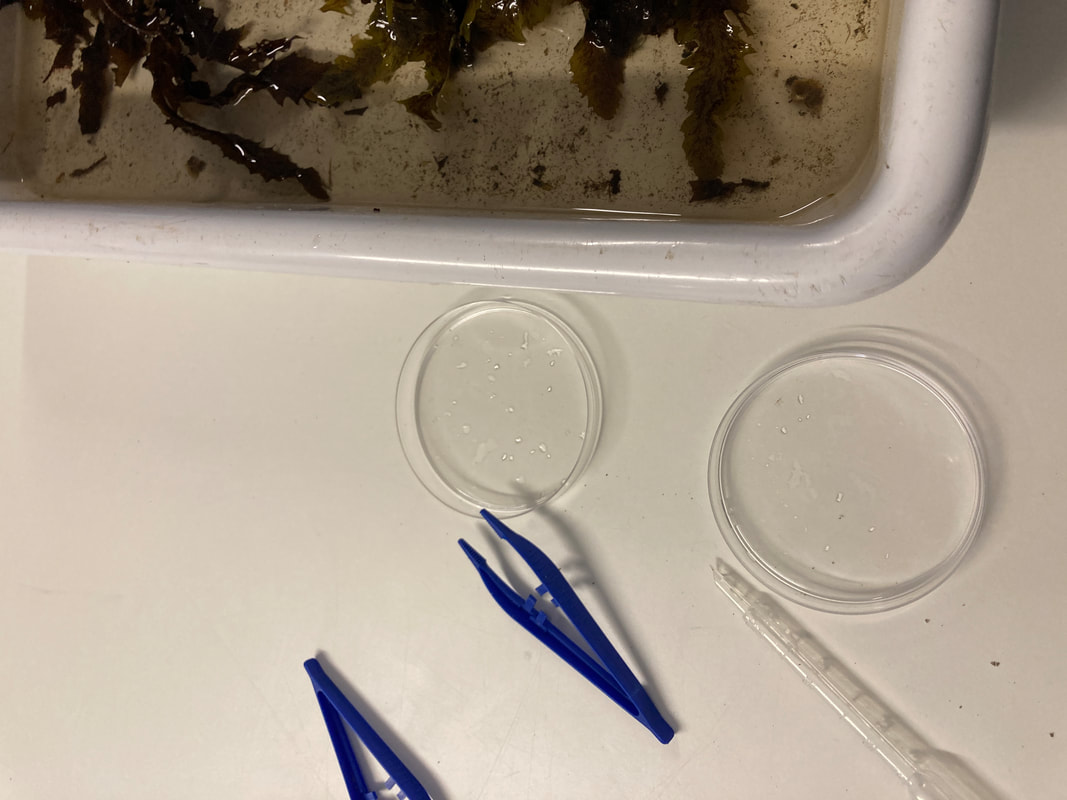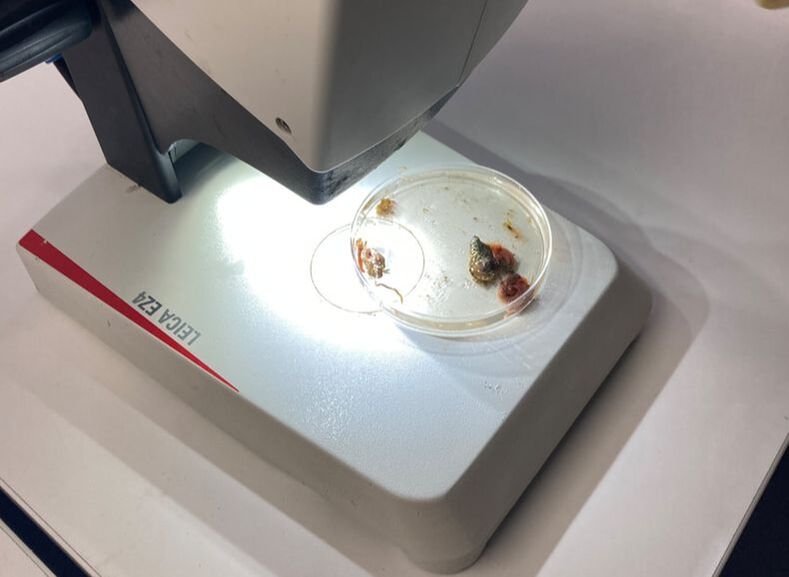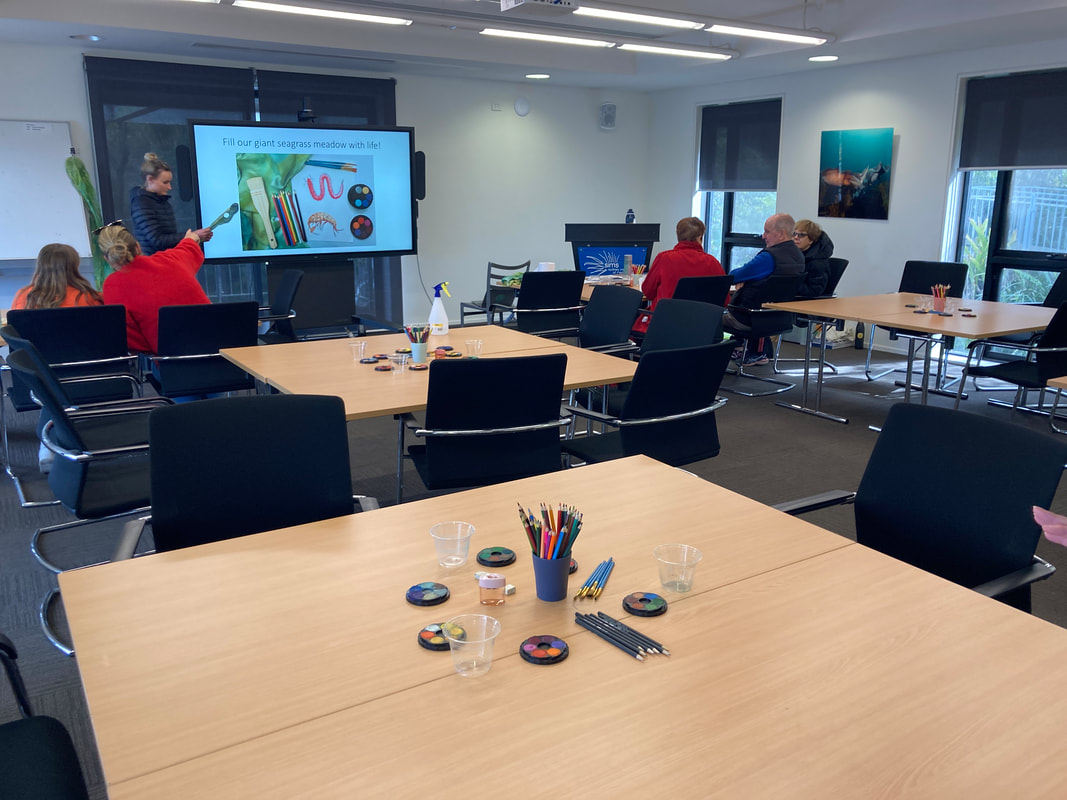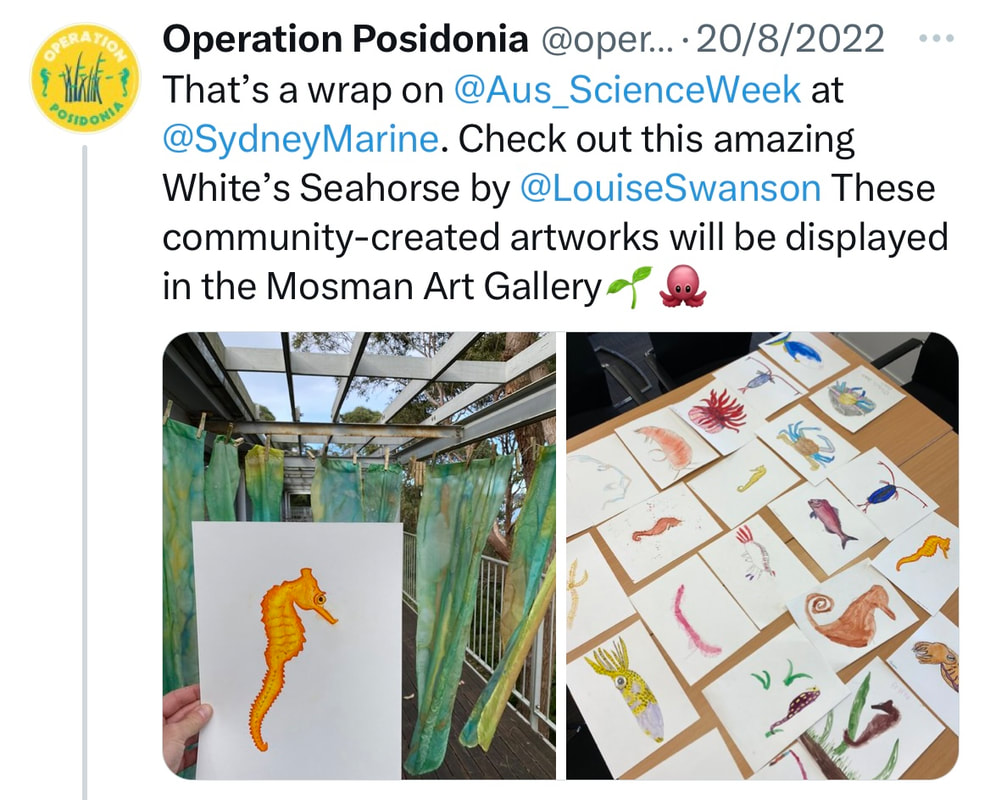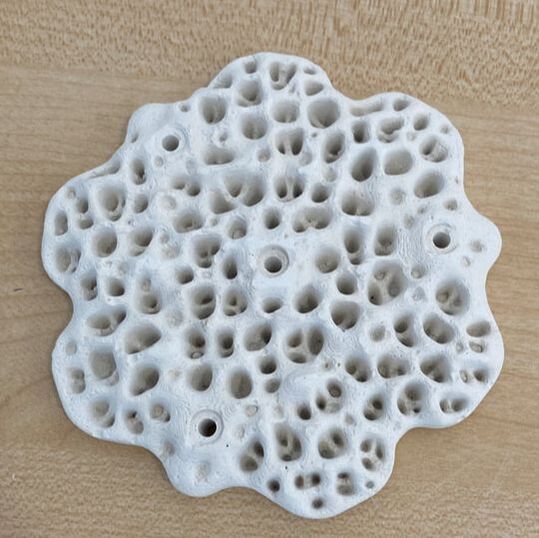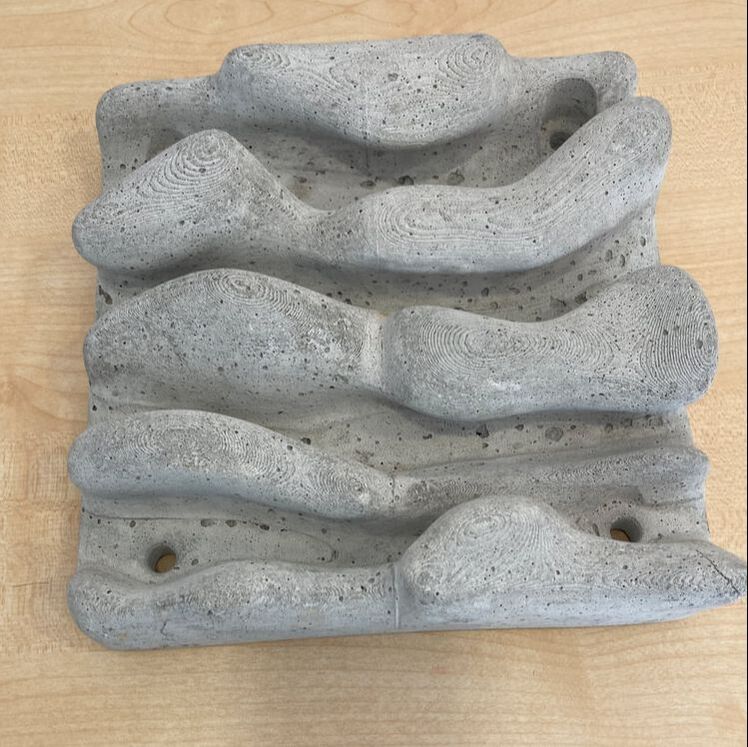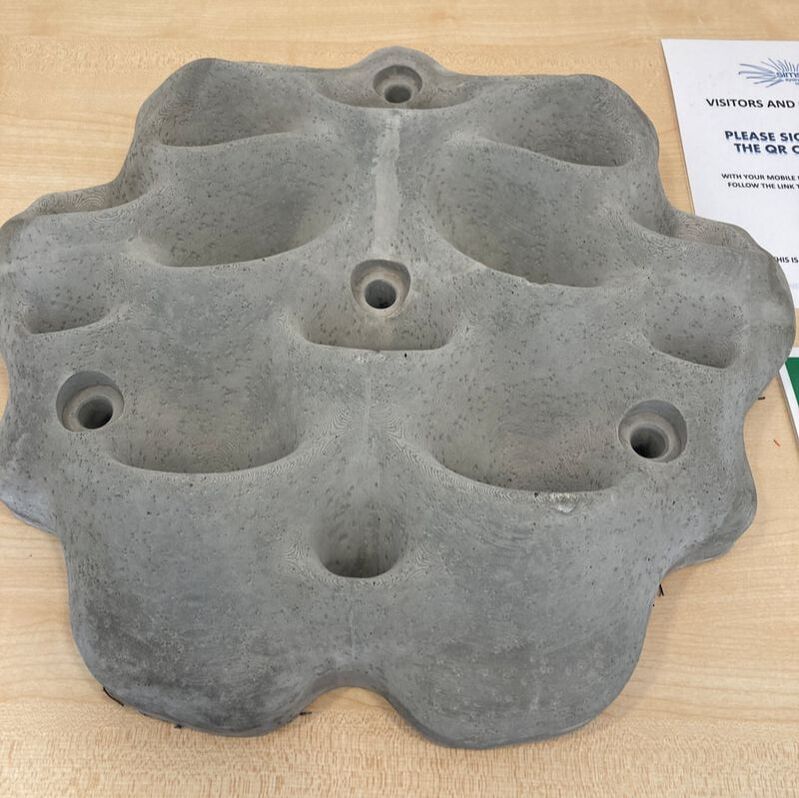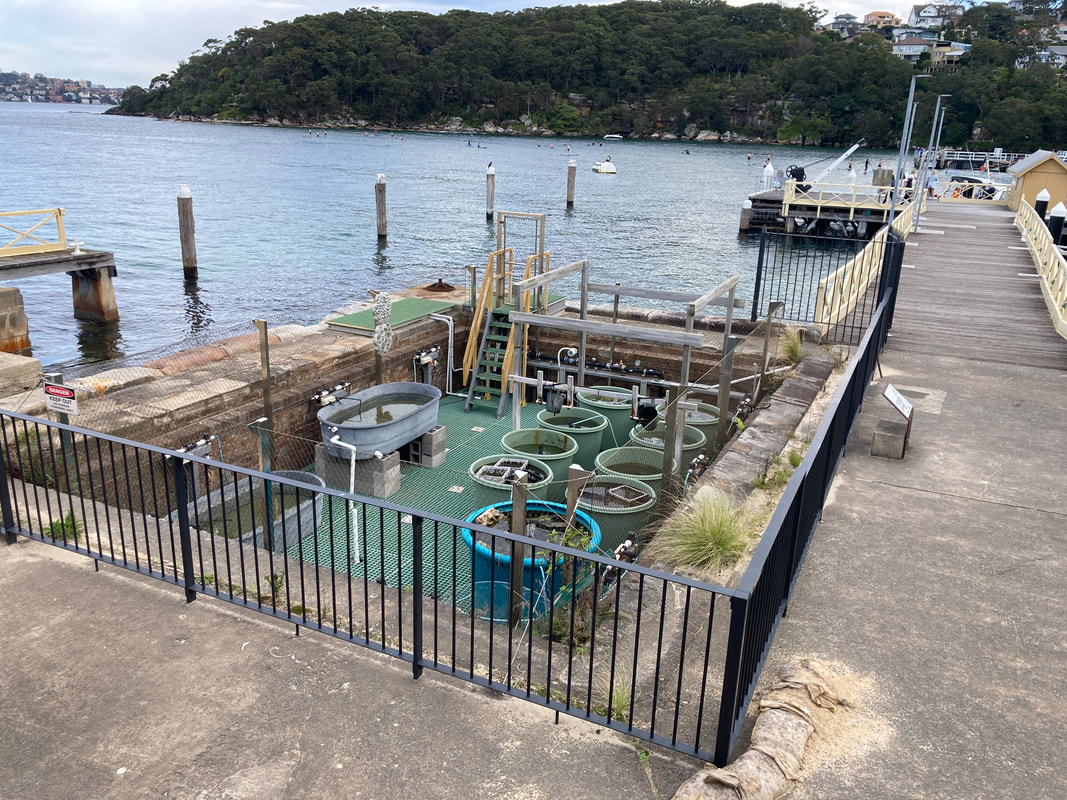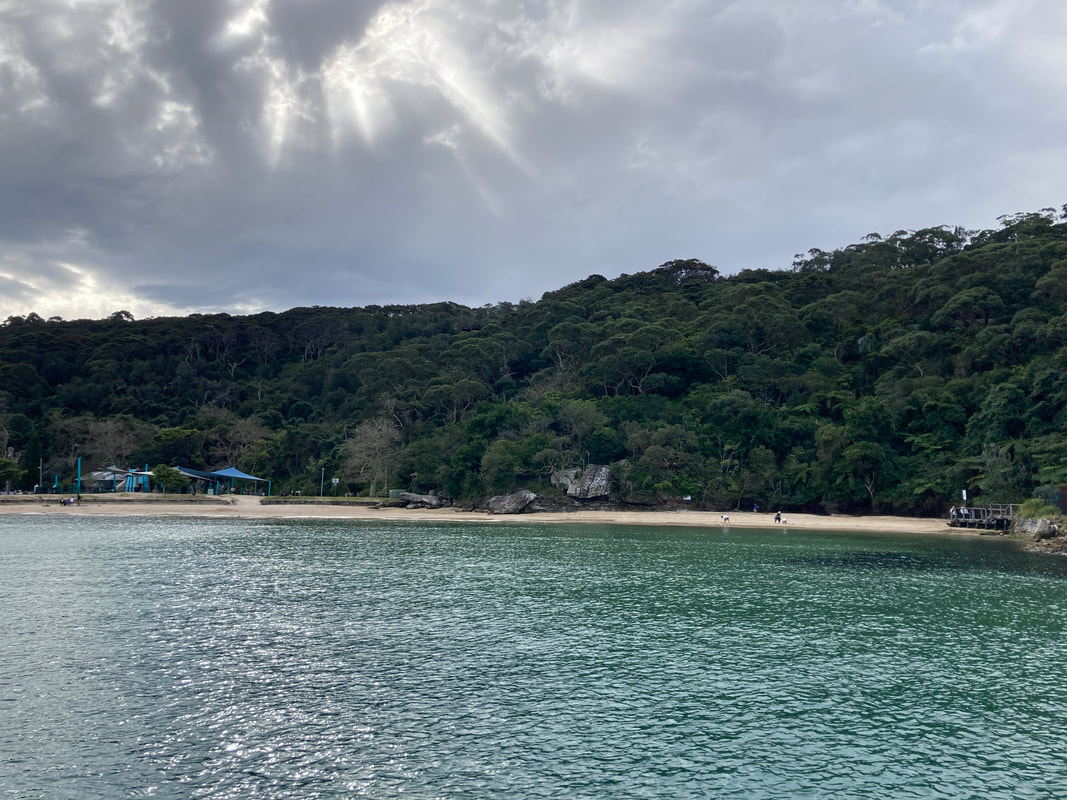|
On 7 December, a community event was held to celebrate the success of the Balmain Foreshore Project and to meet accountabilities related to funds received. The event was attended by representatives from the Australian National Maritime Museum, Sydney Institute of Marine Science, Living Seawalls, Transurban - West Connex Community Grants as well as teachers and students from the school. The event kicked off with a team of staff from the Australian National Maritime Museum towing the restored and fitted student-built St Ayles skiff and staff having a row around the bay. One of our staff on the Balmain Foreshore Project Team helped students demonstrate the use of the underwater drones for our guests, we showed our guests the new Living Seawall panels and the Jarrett backsaver crane and educational signage. The project was only successful as a result of a team of motivated, likeminded staff that came together regularly to assess progress, make adjustments to the program, engage with experts in a range of relevant fields and work towards keeping students engaged in the project. We were lucky enough to have ongoing support from a range of organisations who assisted us as we explored the directions of the project, as well as the logistics of installing the various components. The project wouldn't have been possible without the support of The Australian Museum, Living Seawalls, the Sydney Institute of Marine Science, the Australian National Maritime Museum and the Harding-Miller Foundation for their input during the project. The project was mostly funded by the Transurban through a community grant. The Balmain Foreshore Project website has also been launched, where you can read about the various components of the project as well as its links with teaching and learning: Balmain Foreshore Project This is one of several posts about our Balmain Foreshore Project. Read more... Balmain Foreshore Project - Introduction Gardening Below the Surface - Operation Posidonia Balmain Foreshore Project - Trial Activities Balmain Foreshore Project - Implementation Balmain Foreshore Project - Living Seawalls Balmain Foreshore Project - Living Seawalls: Pre-Installation Biodiversity Survey Balmain Foreshore Project - Launch and 2023 Reflection
0 Comments
As part of National Science Week, the Sydney Institute of Marine Science (SIMS) held sessions to raise public awareness about the fragile nature of seagrass meadows. Although this event was promoted as a Science event, it had clear links to the Geography syllabus - both the Year 10 Environmental Change and Management topic and the Year 9 - Biomes topic. SIMS is located on Chowder Bay Rd, Mosman. The session involved examining specimens form nearby Chowder Bay/Clifton Gardens, a tour of classroom facilities and a display of seawall panel designs. As information on the Great Southern Reef becomes more readily available, some of these activities would tie in really well with this case study of Geography classes. Seagrass and seaweed - there was a collection aquatic organisms which could be identified using a field chart and also facilities to exam them under the microscope Part of the day involved an art project to promote public awareness about seagrass. The artworks were transferred onto silks that had been dyed to represent seagrass. This became part of an installation at Mosman Art Gallery. You can read more about the art project here: https://www.lissfinney.com/public-projects There was also a display of seawall panels designed by Living Seawalls. These panels are designed to be adhered to seawalls to encourage biodiversity. The crevices are intended to encourage aquatic species to use the structure as habitat. You can read about Living Seawalls here: https://www.livingseawalls.com.au/ There is a testing area where the Living Seawall panels are being tested in Chowder Bay. The shark nets at this site are also a common place for snorkelers to find seahorses.
I'm definitely coming back for a closer look. This is one of several posts about our Balmain Foreshore Project. Read more... Balmain Foreshore Project - Introduction Gardening Below the Surface - Operation Posidonia Balmain Foreshore Project - Trial Activities Balmain Foreshore Project - Implementation Balmain Foreshore Project - Living Seawalls Balmain Foreshore Project - Living Seawalls: Pre-Installation Biodiversity Survey |
Categories
All
Archives
May 2024
|
